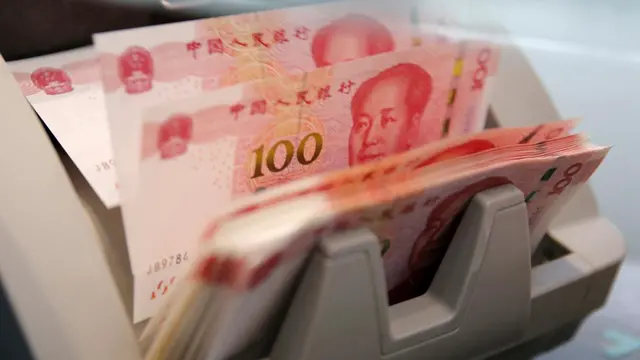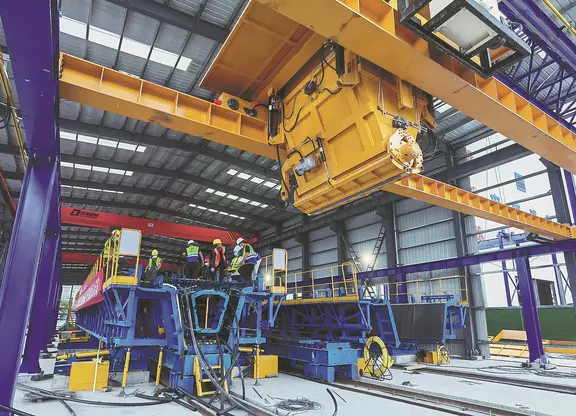China held its benchmark lending rate steady for the second straight month at its June fixing on Monday, meeting market expectations.
Both the one-year and five-year loan prime rate (LPR) remained unchanged from last month, at 3.85 percent and 4.65 percent, respectively, according to the National Interbank Funding Center.
The one-year LPR mainly influences business loans, while the five-year LPR mainly affects mortgage loans.
Over 70 percent of all participants expected China to keep the lending benchmark unchanged for June, while 20 percent of all respondents predicted a marginal cut to one-year LPR, a Reuters survey conducted last week showed.
The People's Bank of China (PBOC) set the interest rate on medium-term lending facility (MLF), a tool aiming to help commercial and policy banks maintain liquidity and also a guide for the LPR, unchanged at 2.95 percent on June 15, signaling the LPR will not be lowered.
Meanwhile, at a meeting on June 17, the State Council required banks to convey part of their profits to the corporate sector, and vowed to guide down lending rates, bond yields and financing costs.
The central bank is expected to cut the MLF rate by 10 basis points (bps) or more in the near term, to effectively push lower the LPR, said Lu Ting, chief China economist at Nomura, in the latest global market research report.
"We expect the PBOC to inject more liquidity into the banking system via reserve requirement ratio (RRR) cuts and relending, to echo the State Council's call. We maintain our call for 150 bps of total RRR cuts through the rest of this year and believe the next RRR cut could come very soon, in a week or so, at a scale of 50-100 bps," said Lu.
The LPR is China's new benchmark lending rate that's quoted monthly by 18 banks. The PBOC revamped the mechanism to price LPR in August last year, pegging it to the MLF rate.
(Top image: Chinese yuan banknotes in a counting machine. /Reuters)
(CGTN)
 简体中文
简体中文













